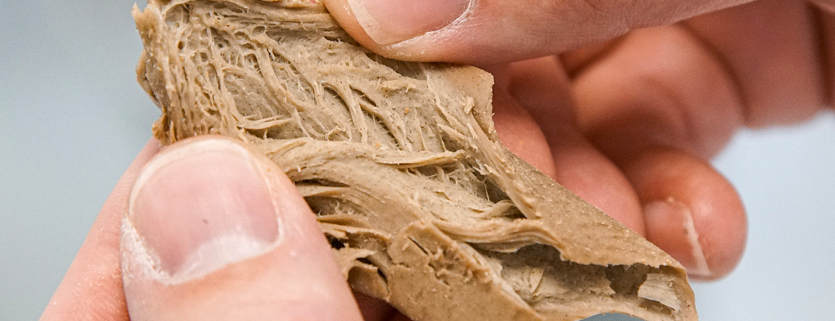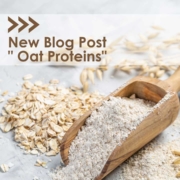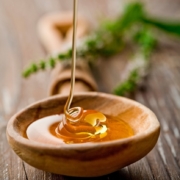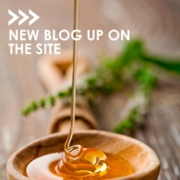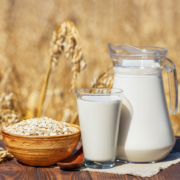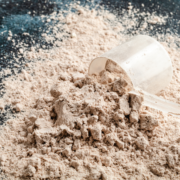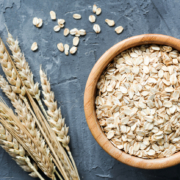Meat substitutes from oats: protein textures in food production
There are many reasons why people limit their meat consumption. These include health aspects as well as animal welfare and environmental protection. The moral dilemma: giving up meat for good reasons and liking the texture and taste are two different pairs of shoes.
The demand for plant-based alternatives is therefore growing all the time. But here, too, consumers are choosy. In the end, many former meat lovers measure the product against real meat.
As a manufacturer, it means achieving the appropriate consistency in addition to taste. Find out what oat protein textures have to do with this and why they are considered a good substitute below.
What are oat protein texturates?
In order to give plant proteins a meat-like texture, they are processed into so-called texturates. In other words, they are changed in texture and consistency.
To do this, you put oat protein as a viscous mass into an extruder. Under great pressure and heat, this is pressed through an opening. It then cools and hardens. You can determine how the final product looks by shaping the opening.
The textured oat protein can finally be soaked in water and processed further. This produces meat-like structures, which are a good basis for vegan nuggets or cutlets, for example.
Protein texturates can be found in common supermarkets, for example, as an alternative to minced meat. They are often made from soy. However, oat protein is often the better choice, as we explain in the next step.
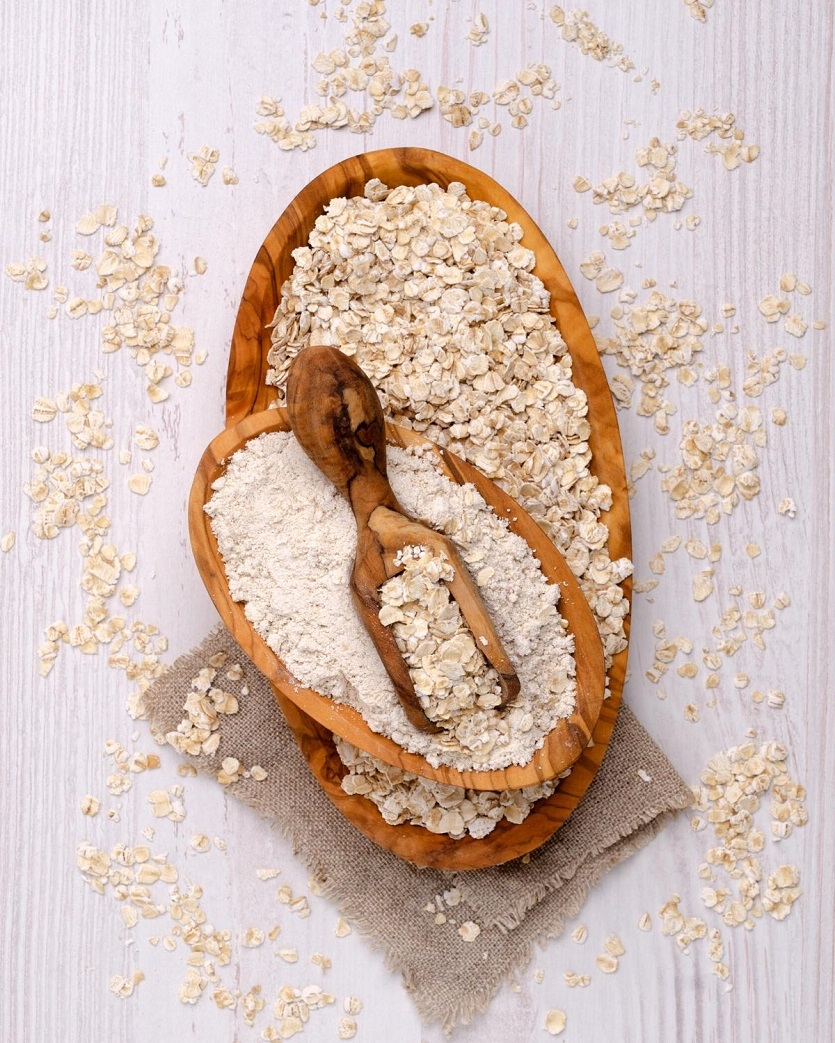
Oat Protein Powder.
What are the advantages of oats as a meat substitute?
With so many plant-based alternatives to choose from, why should it be oat protein? In fact, the grain brings many benefits. So it’s no wonder that it’s becoming increasingly popular in meat substitute products.
One reason is that demand for soy products is declining. One reason is that many people are allergic to it. This mostly affects birch pollen allergy sufferers, as a cross-reaction can occur with them. On the other hand, the cultivation of soybeans is associated with genetic engineering.
Here, oats are clearly superior: This is considered very well tolerated and can be grown locally. As a result, it has a good carbon footprint.
But the grain is also impressive from a health perspective:
Oat fiber contains a lot of protein, healthy fats and antioxidants. Above all, however, oat protein texturate is a good source of iron – even better than steak, for example.
A high amount of dietary fiber ensures that you stay full for a long time after eating it. The soluble fiber beta-glucan is also particularly helpful in lowering blood sugar and cholesterol levels.
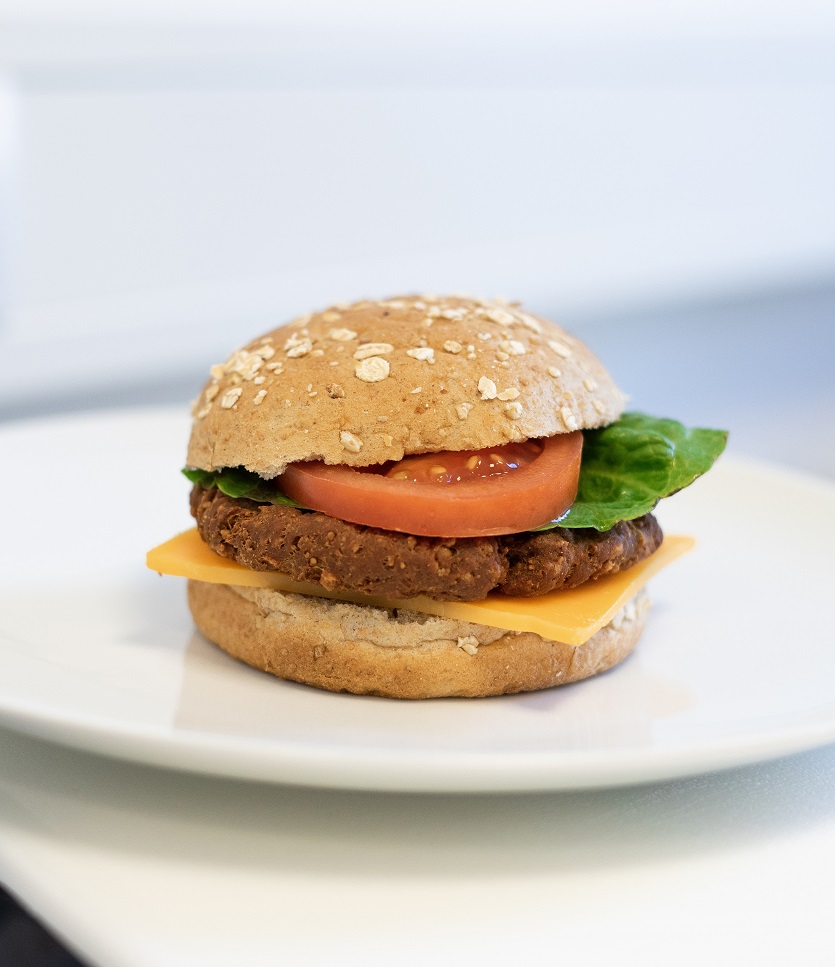
Burger with Oat Protein Texturates.
Protein texturates from other plant proteins
Oat protein texturates don’t appeal to you? Fortunately, there are other alternatives that can be made into meat substitutes.
Pea protein is another popular plant-based alternative used for this purpose.
Basically, before choosing the right product, you should make clear which properties are particularly important to you. We attach great importance to BIO quality, sustainability and the use of GMO-free ingredients. Therefore, naVitalo has specialized in the production of appropriate products.
With our assortment, we mainly address food manufacturers. If this applies to you and you would like to receive more information about oat protein, please contact us.

